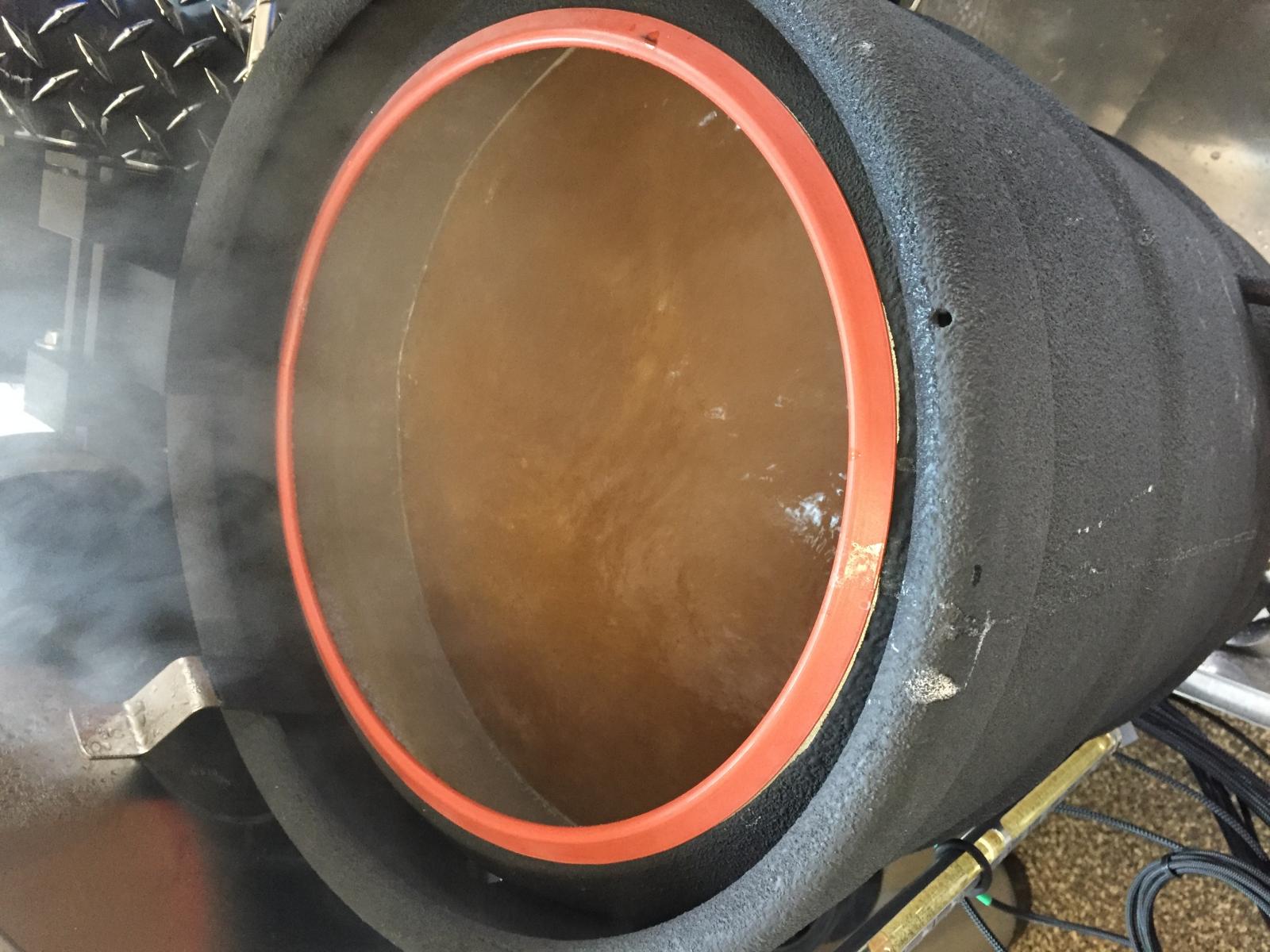Hope to post positive results on Monday on my pick up ring. I think I'll be OK, but if not then some form of sock/screen will be applied. There are 70+ .250" holes on the bottom perimeter. My "sanitize coil" state starts with 7 min left in the boil. The boil action should still be moving the hop debris around when this starts. Once the whirlpool rotation starts it should all start to gather in the bottom center of the keggle. There's plenty of real estate there for hop debris and trub.
Will test with 7.5 oz of pellet hops in a 5.5 gal pale ale if I can find the time to brew this weekend.
Are you saying 1/4 inch holes? Or did you mean 0.025"?


 everyone...
everyone...























































